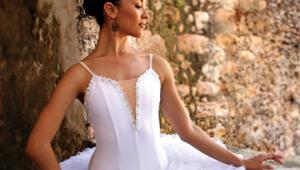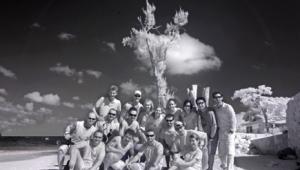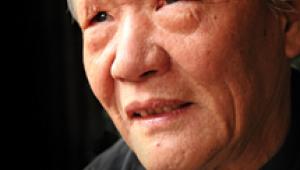Master Class
Dancing Around The Format
...And Loving It!
| Some photographers who for
years have been using the square format are having a difficult time
adapting to the "new" 35mm rectangular format that comes
out of most digital cameras. For the life of me I can't figure
out why. Although I was a little skeptical at first, I fell right in
with the new rectangular shape that I'm getting from my Canon
digital cameras. As a matter of fact, I'm beginning to love it!
Of course it's still possible to crop some of my images to squares,
but I'm enjoying the shape of things to come and even reveling
in it. It's added a whole new dimension to many of my images.
Frames? Undoubtedly, frame manufacturers are getting on the bandwagon,
too, and coming up with frames to fit the digital format. |
|||
|
|||
Negative Space Can
Be Positive! |
|||
White Against White!
Black Against Black! |
|||
Taking Advantage Of
The Rectangular Format Is Easy...And Practical |
|||
More White Against
White... |

























































